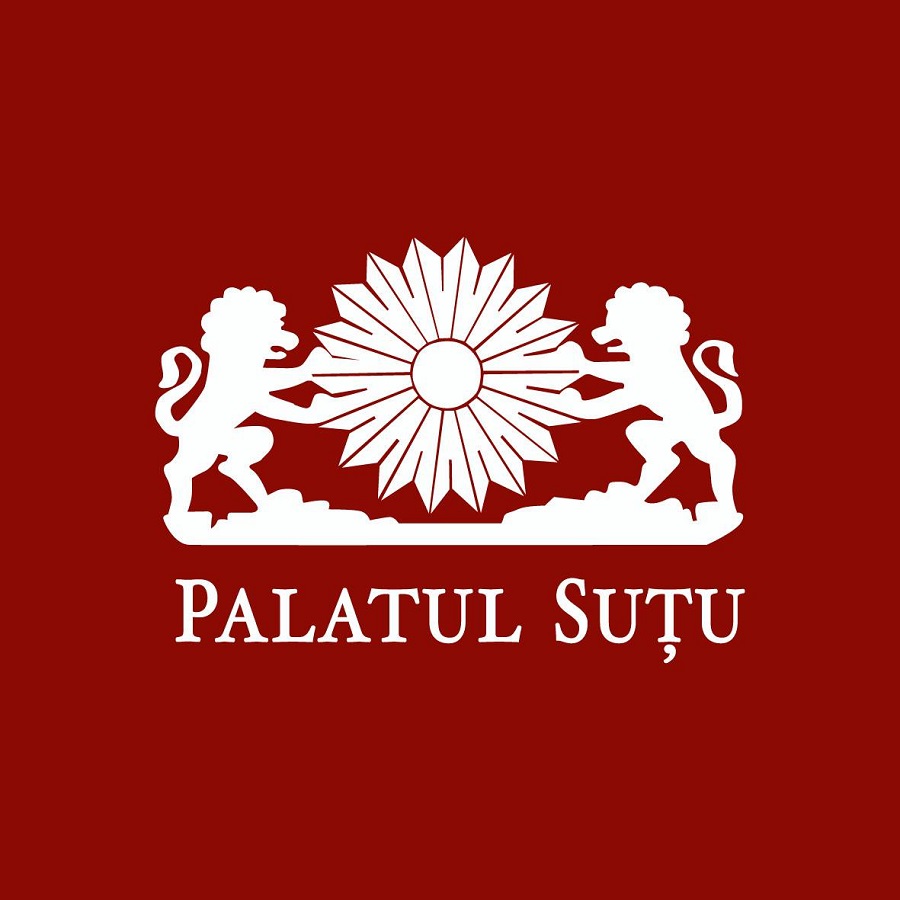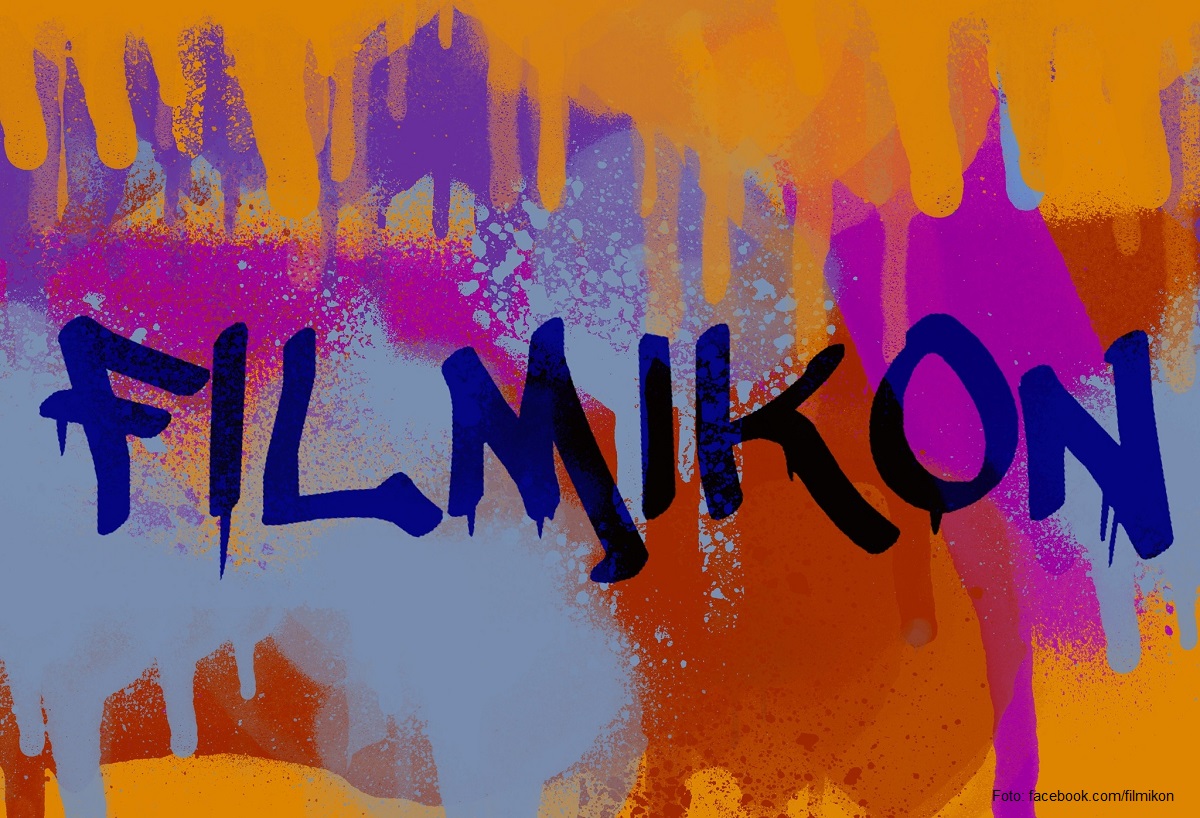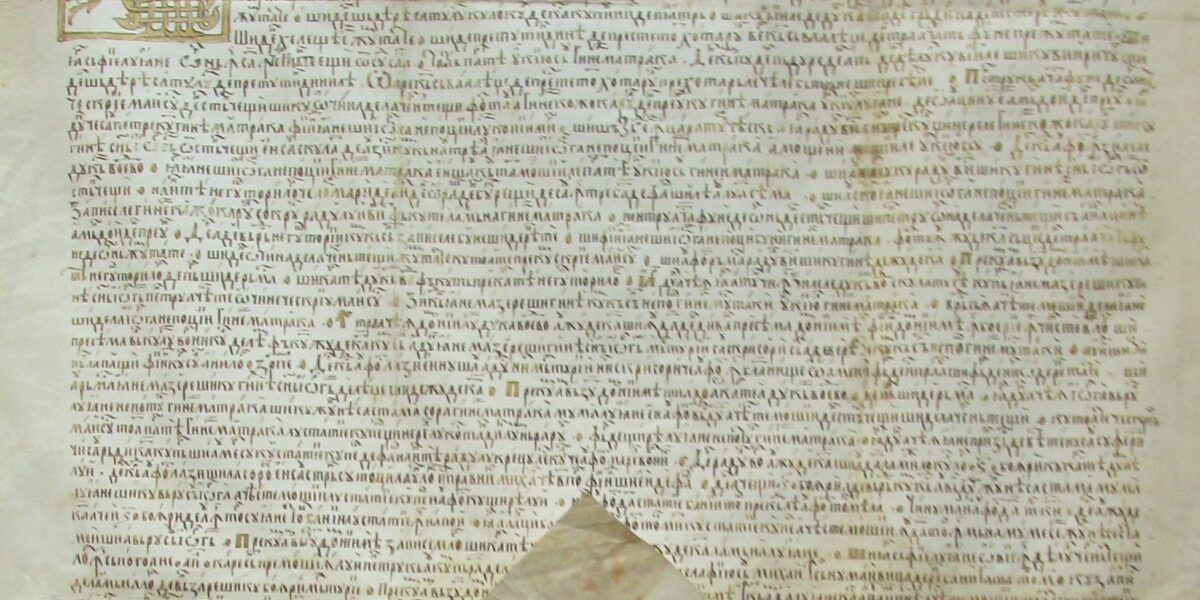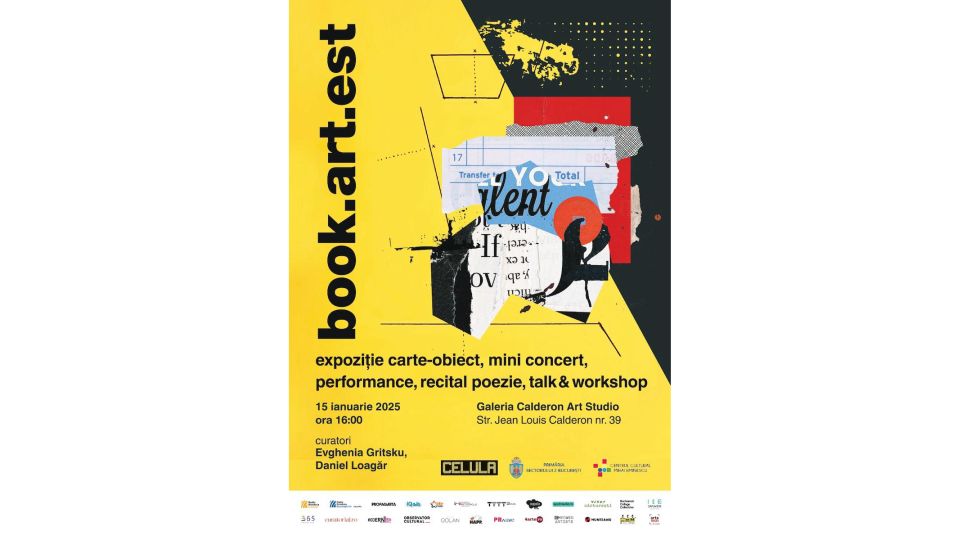Digital Archaeology
“Digital Archaeology. The Medieval Past of Bucharest from a Ceramic Perspective”

Ion Puican, 22.02.2025, 13:41
From last summer until the end of February this year, at the Bucharest Municipality Museum (BMM), on the premises of the Suțu Palace, the exhibition “Digital Archaeology. The Medieval Past of Bucharest from a Ceramic Perspective” is taking place. The exhibition represents a fascinating virtual journey into the past of the capital, in the city of Bucharest from the 15th to the 19th century. A new understanding of how daily life and the evolution of the city of Bucharest took place. The curator of the exhibition, Alina Streinu, talks to us about the exhibition and the project that was the basis of it:
Track: “The exhibition was born as part of a project co-financed by AFCN, with the same theme, the medieval history of Bucharest from a ceramic perspective. The project was carried out in partnership with colleagues from the National Institute of Heritage, and the aim was to capitalize on ceramic discoveries from archaeological contexts in emblematic areas of Bucharest. Thus, we chose from the BMM heritage the vessels that we considered representative, which come from these urban sites, and which we believe nevertheless show something of the domestic life of Bucharesters in the 17th, 18th and 19th centuries.”
What types of vessels were found during the archaeological excavations that formed the basis of the BMM exhibition? What is their provenance and what information do they bring us?
“During the project, we noticed that most of the vessels, the ceramic objects discovered, are mainly kitchenware, cooking vessels, serving vessels. Kitchenware is, obviously, quite uniform, it is similar in many ways. But there are some extremely interesting differences, we say, regarding serving ceramics. For example, we have pitchers that are very similar to those used in the Ottoman Empire. We have beer mugs that are very similar to those used in the Germanic space. We have mineral water vessels and other small objects that come as imports and as a result of trade relations between the Romanian Countries and the great commercial powers of the time.”
Alina Streinu also talks to us about the digital component of the exhibition at the Suțu Palace, namely the website mmb.cimec.ro, the digital catalog of archaeological research related to ceramics discovered in the capital. The archaeological research conducted by the BMM began in the 1950s and continues to this day, bringing to light objects that complete the written history of the city of Bucharest. Alina Streinu:
“The project and the exhibition are also linked to the launch of a website at mmb.cimec.ro, where the results of this project are presented. There are images of 300 ceramic objects from the heritage of the Bucharest Municipality Museum, of which 150 were 3D scanned by colleagues from the National Institute of Heritage, and we also have images from the archive of the Bucharest Municipality Museum posted online on this site with archaeological research from the 50s, 60s, 70s from these urban archaeological landmarks in Bucharest.”
About the intention behind the exhibition “Digital Archaeology” at BMM, curator Alina Streinu also tells us:
“One of the driving ideas of this project and the exhibition was to attract a new audience, which is why we also used these new techniques for valorizing heritage, such as 3D technology for promoting heritage. Using these new techniques that we find absolutely relevant and important for the correct and coherent documentation of heritage objects, by approaching these new areas, we can also attract a younger audience. At the end of the project, we even had a workshop at the School of History, in which we presented all the materials that were part of this project, of the exhibition project, but the younger colleagues, the students, were extremely interested in this 3D part. How the 3D models were made and the whole back-end processing process. So there is a real interest from young specialists who we hope will remain in the field and with whom we will collaborate in the future for the evolution and development of these new techniques for documenting and promoting heritage.”
At the end of our discussion, Alina Streinu reviewed the archaeological sites of the capital from which the objects of the BMM exhibition come:
“Most of the vessels digitized and exhibited online and within the exhibition, which can still be visited at the Suțu Palace, come from research carried out in the perimeter of the streets of the current Old Center, the historical center of Bucharest, research coordinated largely by archaeologists from the Bucharest Municipality Museum, but also other research in areas such as Cotroceni Palace, Radu-Vodă Hill, and the Church of Saint Nicholas Udricani. The last excavation being among the most recent.”






























